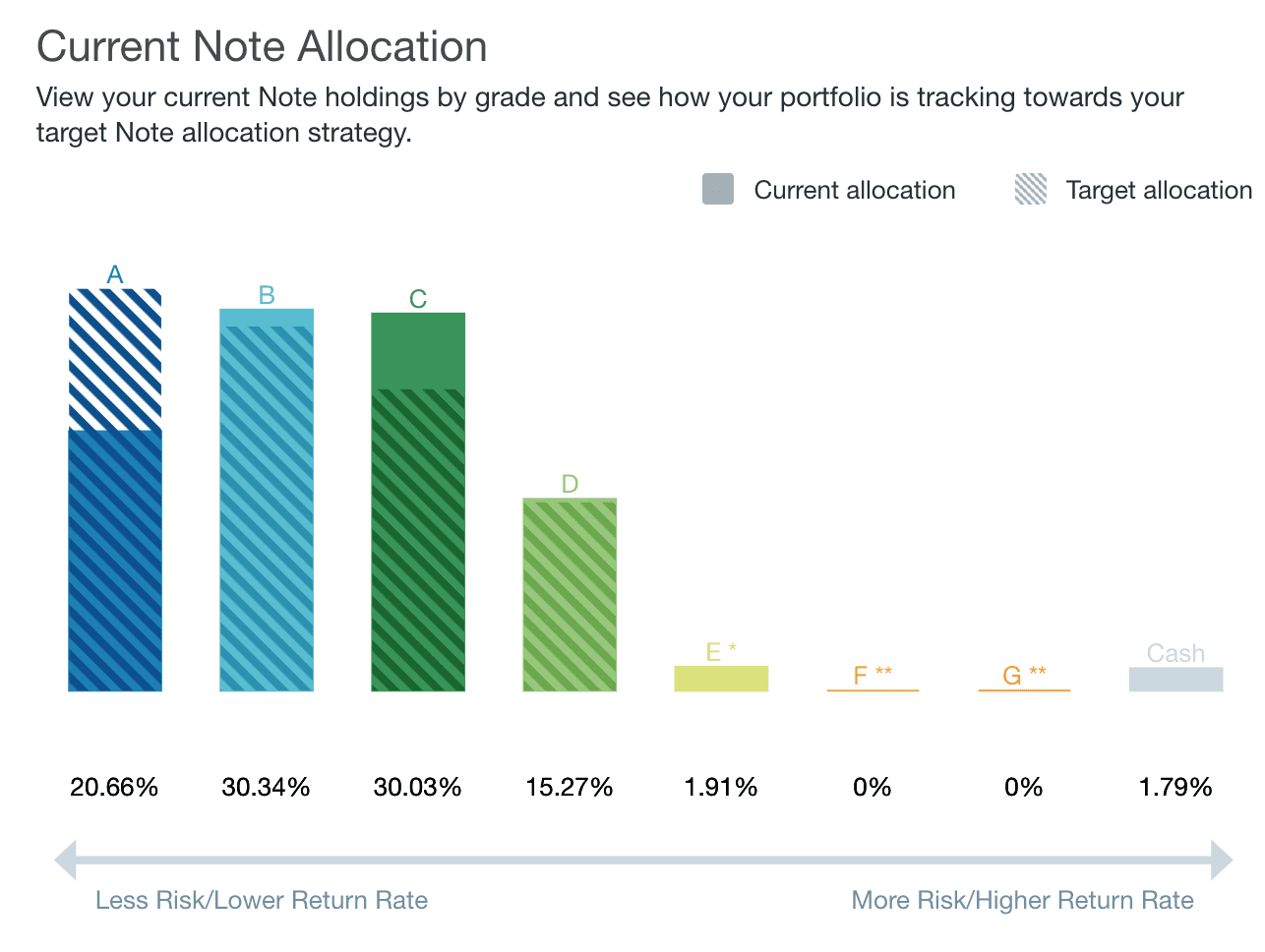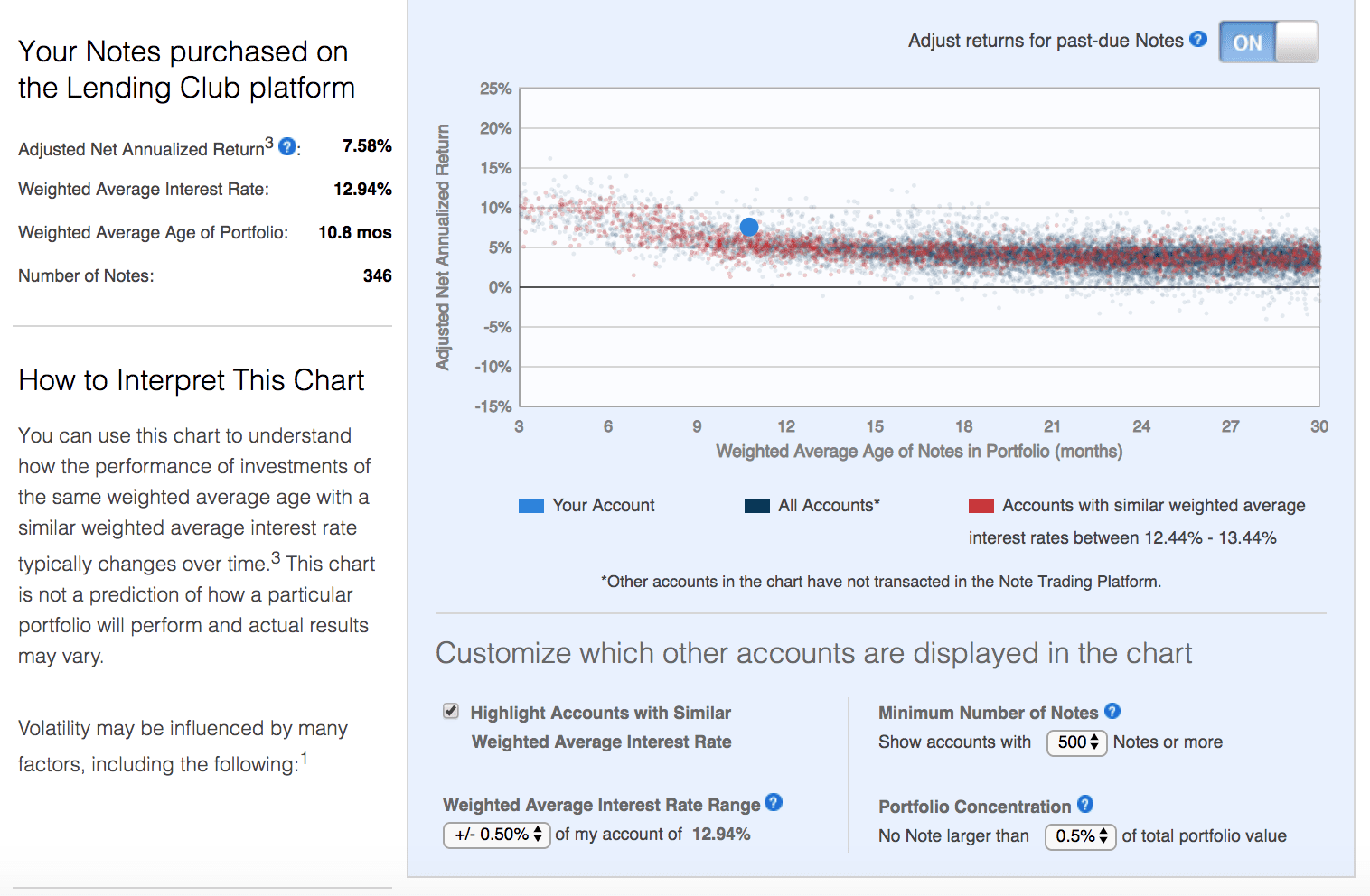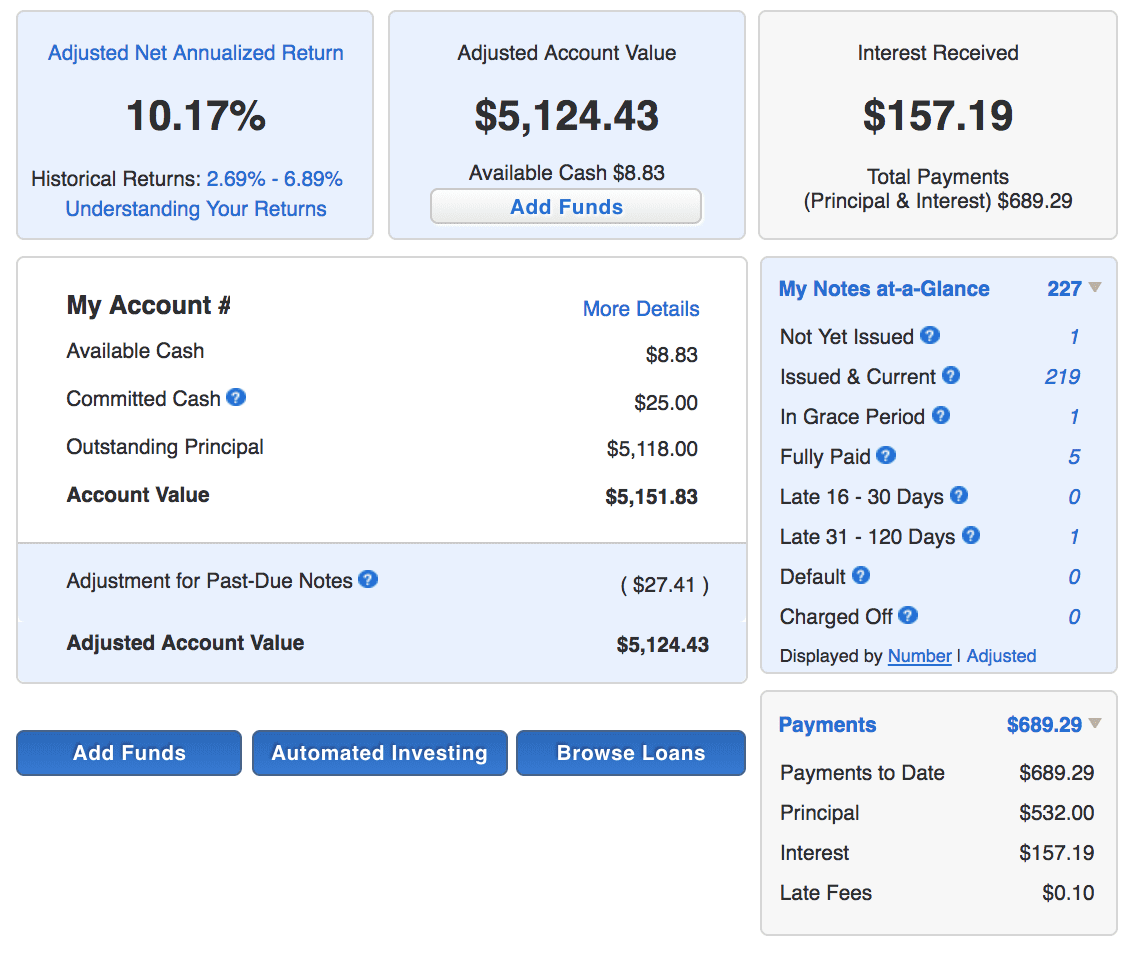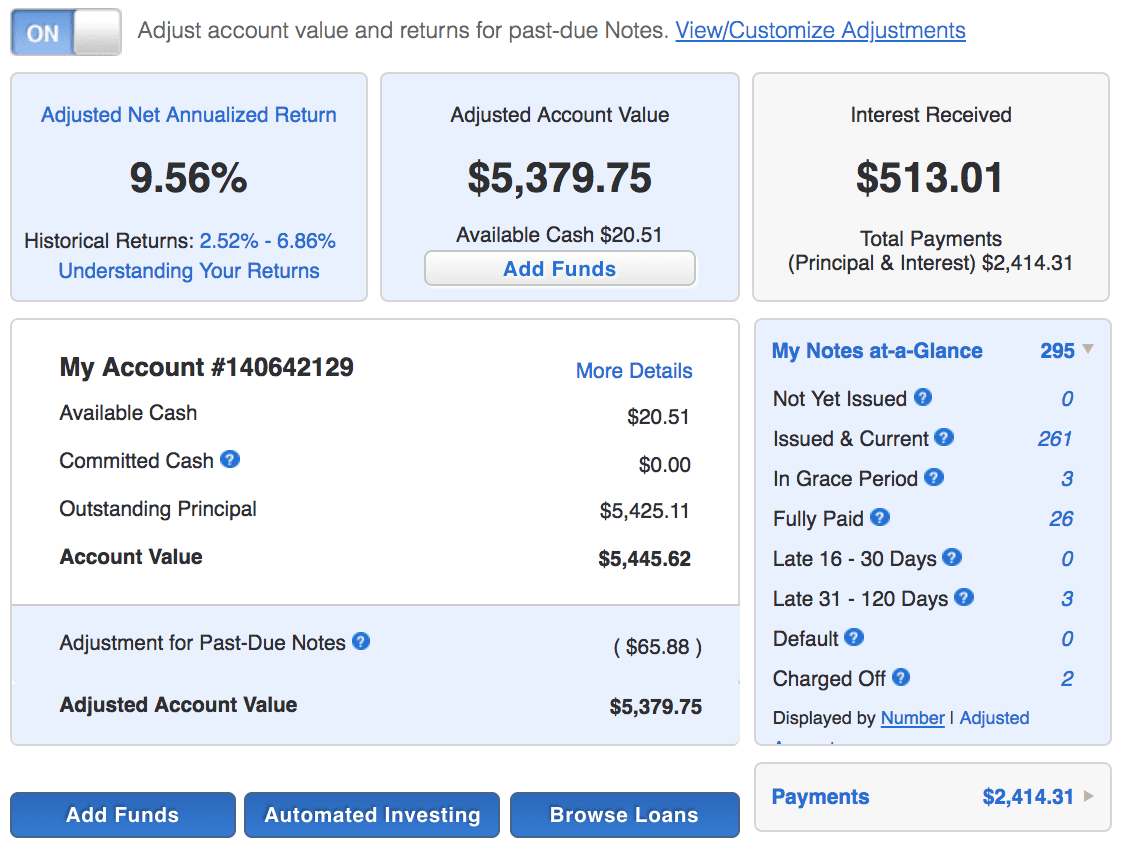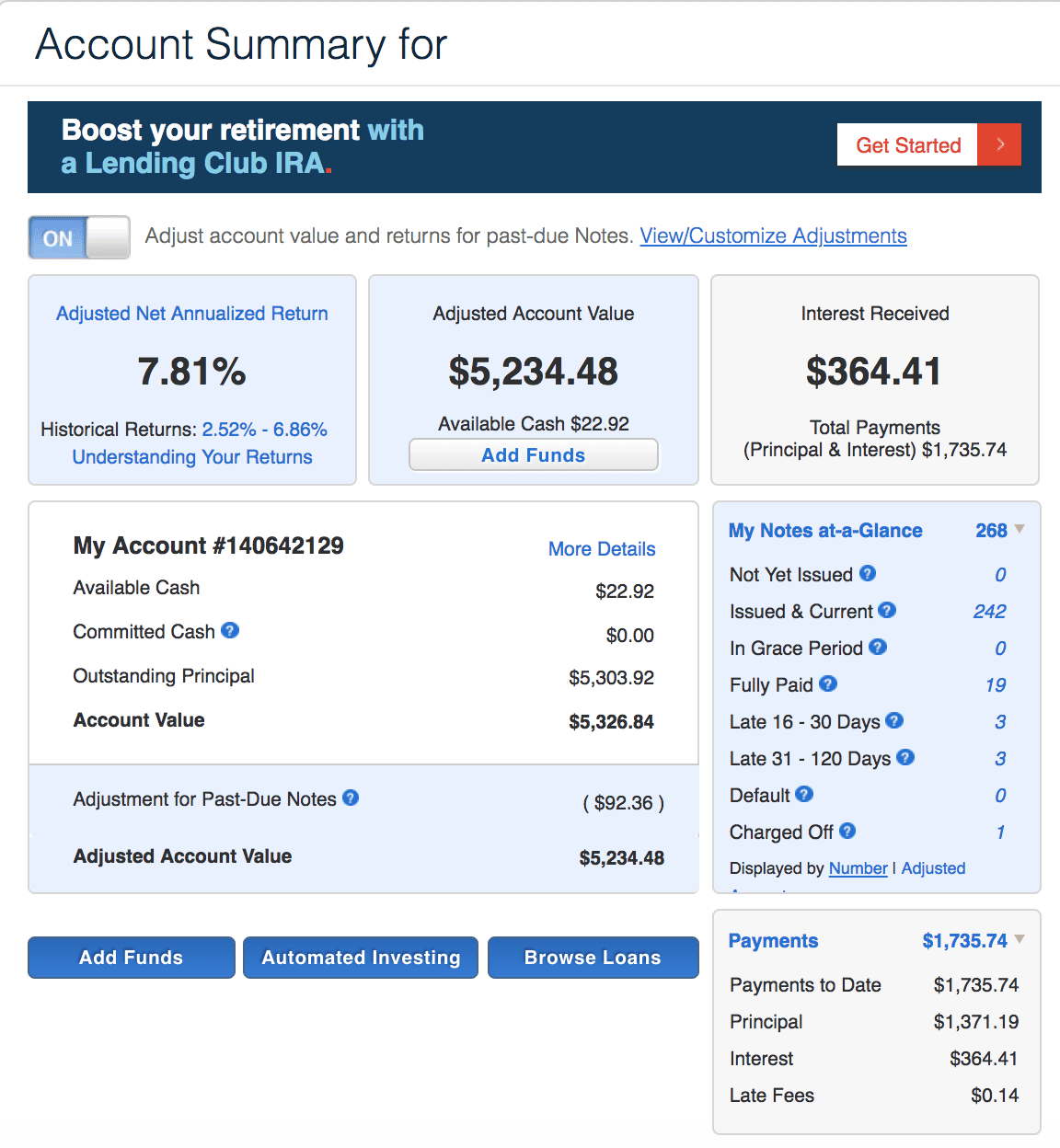In April 2018, LendingClub provided us with $5,000 to open a brand new account. Since then we have been chronicling the status...
In April 2018, LendingClub provided us with $5,000 to open a brand new account. Since then we have been chronicling the status...
SoFi Money is one of the latest offerings in the digital banking space; SoFi is able to offer this checking/savings...
The company is introducing the new account by leveraging a bank partner; the account will pay 2% APY and will...
Back in April 2018 we shared that LendingClub had provided us with $5,000 to start a brand new LendingClub account....
In April 2018, LendingClub provided us with $5,000 to open a brand new account; since then we have been chronicling the...
In just one year after launch RateSetter has brought in £175 million through their first ISA product; the cash invested...
In April 2018, LendingClub provided us with $5,000 to open a brand new account. Since then we have been chronicling the status...
In April 2018, LendingClub provided us with $5,000 to open a brand new account. Since then we have been chronicling...
In this post we share the process of opening up a new LendingClub account, the first in a new series we will be sharing over the coming quarters. Source


